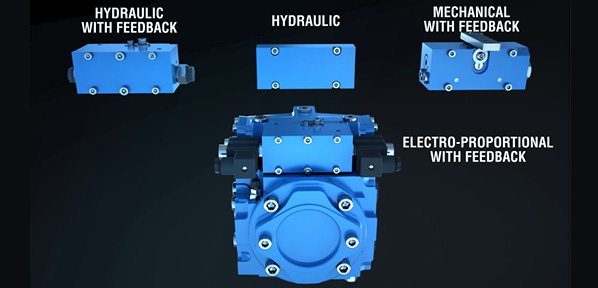Distinguish Between the Operation of a Counterbalance Valve and a Pilot-operated Check Valve
Pilot-operated check valves provide a leak-free seal, but counterbalance valves provide smoother operation when controlling the downward movement of a load. This occurs because when the pilot check valve is opened, the load may cause cylinder flow to lead delivery from the pump, and the pilot signal is lost. This causes the valve to snap closed.

When delivery from the pump catches up with the cylinder, pilot pressure builds, moving the pilot piston and the valve opens. This opening and closing of the pilot piston causes a jerky motion as the pilot signal is lost and then regained. One method used to smooth out the operation is to install a flow control valve between the cylinder and the cylinder port of the check valve. Such an arrangement is shown in Figure 2. This prevents flow through the check valve from leading flow from the pump and loss of the pilot signal.

Counterbalance valves are also used to prevent a loaded cylinder from falling, but their operation is smoother than a pilot-operated check valve. Counterbalance valves are available with either poppet- or spool-type pressure control elements. In order to prevent a loaded cylinder from drifting, a poppet-type valve must be used. Spool-type counterbalance valves may be used as brake valves in hydraulic motor applications, as external brakes are used to prevent loaded motors from rotating.
Test Your Skills
The best place to install a flow control valve to smooth out the operation of a pilot-operated check valve as it lowers a load is:
a. before the cylinder inlet port.
b. between the cylinder and the PO check valve.
c. at the PO check valve drain port.
d. at the PO check valve pilot port.
e. between the PO check valve and the PCV valve.
See the Solution
b








hi-ya, prominent blog on suety loss. the like helped.
I think in the Figure 2 is “meter in” ?